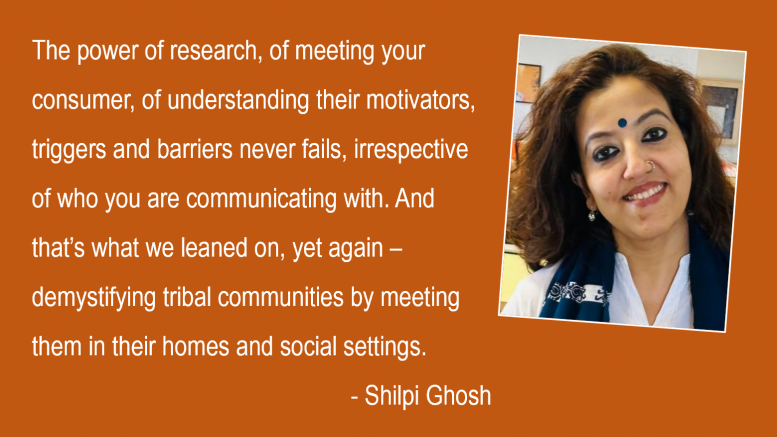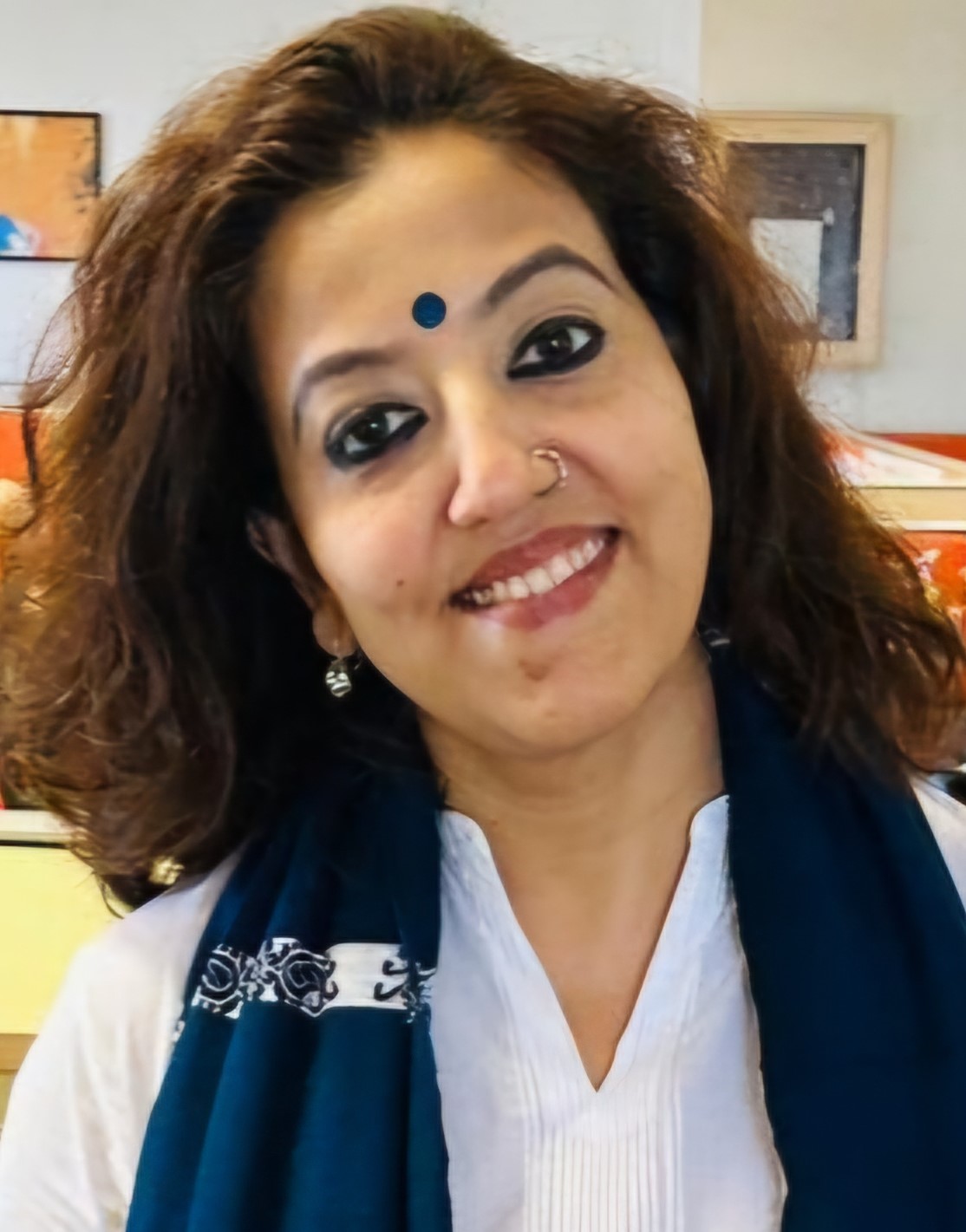While watching Kaun Banega Crorepati last night, I was stoked to see the incredible Dr. Abhay Bang and his equally accomplished wife, Dr. Rani Bang, as guests in the ‘Karamveer’ episode. It instantly brought back memories of the time in 2017, when we had the opportunity to witness the path breaking impact that their organisation ‘SEARCH’ creates in Gadchiroli, one of the most underdeveloped districts in India. One had come across the term ‘media dark’ whilst in B-school, with a slightly closer interface while working in an FMCG, but the opportunity to fully appreciate a ’media dark’ market, for the first time, presented itself when we visited Gadchiroli.
A district in eastern Maharashtra, with state borders of Telangana and Chhatttisgarh, Gadchiroli was characterised by dense forests, rugged terrain, and numerous tribal communities. With the district already performing poorly on health indicators, a new ‘addressable’ menace that plagued the tribes was the widespread consumption of ‘kharra’, a form of tobacco widely available in the region. Almost 50% of the tribal population, including women and children, consumed ‘kharra’, and its ill-effects were now distinctly visible, including pre-cancer lesions in the mouth.
Tasked with developing a campaign to curb the demand for ‘kharra’ amongst the audience, we began our journey to uncover insights and mediums to reach the unreachable. At a time when social media and targeted communication had not quite exploded, we needed to design a campaign that was striking. It was imperative that the campaign was believable and helped reduce the social acceptance of tobacco, dissuade new or casual users as well as reassure non-users of the benefits of staying away from it. However, this communication was for an audience that was merely a stereotype in our heads popularised by cinema – the tribals. It was an audience that we knew almost nothing about. It was an audience that we came across, for the first time, only as we arrived in Gadchiroli.
The power of research, of meeting your consumer, of understanding their motivators, triggers and barriers never fails, irrespective of who you are communicating with. And that’s what we leaned on, yet again – demystifying tribal communities by meeting them in their homes and social settings. We watched them buy and use kharra, decoded, with the help of the SEARCH team, the drivers that led them to consume, and ultimately devised a strategy that remained strongly rooted in deep consumer insight. All this, while still adapting hugely to the means (media) available, to reach this almost unreachable audience.
Given the literacy levels and lack of adequate exposure, using symbolism that connected with the audience became a way to communicate ideas. We realised that leaving the audience to deconstruct a creative on their own, would not work. Using narratives that provoked conversations during interpersonal communication, appeared critical. Helping the community arrive at why they should quit or not use kharra, seemed far more effective than simply telling them so. Storytelling to get them hooked on to an outcome, was a strategy that offered potential and so the ‘lagam’ campaign was born. The bridle or ‘Lagam’ or ‘vesan’ on a bull, that the community used frequently, became the creative device to highlight the perils of addiction. A campaign pre-test to gauge comprehension, acceptance, persuasion revealed the universality of the insight. Coding meaning into triggers and the act of consumption itself, worked as deterrents to consumption and we became part of a movement that would last several years to create a ‘kharra–mukt’ – Gadchiroli.
The peculiarity of building a campaign for a media dark market remains, its restricted scale. The cost of reach is high as meeting the community in-person to communicate, persuade or dissuade using creative aids and tools, is still the most effective way to promote a new behaviour or discourage an old one. Training the teams to deliver the campaign in its true spirit plays a vital role in ensuring success. These learnings proved to be of value once again, while building a campaign to encourage tribals in the high malaria endemic districts of South Odisha, to adopt behaviours that could potentially prevent them from death due to the disease.
This time the visit to the tribal homes in Kandhamal, Kalahandi and Rayagada districts in south Odisha revealed their unabashed lack of fear of death or disease, even if it meant losing a loved one. Shocked beyond words, we decided to use this insight itself and flip it on its head to reframe ‘fear’ (of mosquitoes) as a desirable trait. We positioned ‘fear’ as positive, creating a compelling reason to ‘celebrate fear’ by using a simple analogy that cut across target groups. Beyond the usual creative tools and visual aids, we used ‘social art’ to drive change. Local artists from the communities created culturally relevant interpretations of the campaign idea and designed skits that were performed live to have the message seeped into their daily lives. The twist in the tale resonated and slowly we began to see acceptance of the recommended measures to prevent malaria.
Reaching media dark regions requires innovative approaches to storytelling and community engagement. Social art is a powerful medium that can bridge the gap between these marginalised communities and the rest of the world. Comprehensive, multi-pronged and multi-lingual campaigns delivered locally have the potential to dive deeper into universal truths and spark shifts in people’s attitudes that can nudge them towards healthier, desirable behaviors. When we are able to reach the communities using the right message and mediums, we can effectively address complex and pressing societal challenges sustainably – one person, household, and community at a time. Throughout this process, it’s important to remember – the true power in such campaigns lies with the people, who are the holders of beliefs and the harbingers of change.
The views and opinions published here belong to the author and do not necessarily reflect the views and opinions of the publisher.



Be the first to comment on "When it’s Media Dark, Reaching the Community is an Art!"